Is AdShares the one?
Let’s face it: ads are everywhere and stand at the core of many Internet giants’ business model. They pop up randomly and, even if you’re armed with the best ad-blockers, good luck trying to skip Youtube’s 30 seconds promos which appear just when your favourite cat video starts to be funny as hell.
Who gets paid for watching the video? Naturally, Youtube. They have created the website and it's their merit. Yet, you were the one who proactively spends attention. Think of that more often.
Low-cost quality services
Middlemen are the troublesome part and I’d be glad if there was only Google in the game, but that’s simply not the case. There are agencies, retargeting companies, optimization groups, yada yada yada.
This is how an actual programmatic advertising ecosystem looks like:
Well, this is what everyone that wants to get into advertising should expect. What this system does is that it makes this process very long, unsafe, opaque, but, most importantly, highly expensive.
Luckily for us there’s a revolution out there and these guys aren’t taking no for an answer. Let’s take a look at what DLT (Distributed Ledger Technology) applications will ignite a status quo disruption in advertising.
Disclaimer: Although I hold some AdShares tokens, this is just a fact comparison and not financial advice of any kind.
AdShares
Adshares wishes to become the decentralized marketplace for programmatic advertising. Their purpose: transparency and efficiency in the relationship between advertisers and publishers. The one big difference? It will NOT be based on the Ethereum blockchain for long, they’ve only used it for their ICO. They’ve been developing the Enterprise Service Chain.
The ESC is a custom-made tool designed specifically for handling multiple simple transactions at the same time. It uses an hierarchical structure implemented as it follows:
A small set of VIP nodes is responsible for network integrity, to facilitate incorporation of slow nodes with reduced transaction processing capabilities.
Similar to what EOS.io is trying to achieve, but this is a protocol being exclusively developed for transactions.
Features:
- Lightning-Fast Transactions
The main feature of the ESC and also the reason that the other 4 cryptocurrencies are left in the dust is the capability of processing a continuous flow of up to 100k transactions per second.
- Secure and Cheap
The ESC blockchain has built in Two-Factor Authentication mechanisms and low-cost operations, while also providing a secure lightweight mobile phone compatible client.Now, let’s get back to where we were. What aces does AdShares have up its sleeve?
Pros:
- Equity
AdShares is trying to offer equal chances to small publishers and new channels of promotion by allowing users to directly communicate through the blockchain, make offers and accept or decline them.
- Freedom of speech
Whilst it may not sound moral, AdShares allows its users to advertise any kind of product or service (including those related to alcohol, gambling etc.), whereas the others are regulated by the laws of their states.
- Anti-Fraud done right
The security and payment systems used by the AdShares network not only prevent fraud, but also make it unprofitable so it drastically reduces scammed users rates.
- Fees given back to the people
Not only are commissions practiced by AdShares extremely small, but the revenue made is also given back to the ADS token owners.
- No hype
They didn’t create a huge, paid marketing campaign to attract noob investors. They work on the tech.
Cons
- It’s still rather speculative, as AdShares didn’t launch their product yet.
- Although AdShares may succeed in ranking first among this kind of cryptocurrency, whereas their mobile phone client will still have a big competition in Google’s AdMob, which is both solid and popular.
- There is still much ambiguity as to how funds that exceed the $1 million softcap will be used.
- The team is formed of just 3 people and a software development company. There aren’t advisors onboard yet.
BAT (Basic Attention Token)
BAT is an advertising construct based on the Ethereum blockchain which is trying to implement a way in which the exchanges made between advertisers, publishers and users are made more efficiently using the Brave browser and the BAT as the currency of choice.
What does that mean? Well, as they mention, their token’s aim is to:
Be used to obtain a variety of advertising and attention-based services on the Brave platform. The utility of the token is based on user attention, which simply means a person’s focused mental engagement.
Pros
- Transparency
By using the Ethereum blockchain all the transactions are made peer to peer and are completely visible by both parties at any time, thanks to smart contracts technology.
- Accurate, anonymous, real-time rewarding
It has a unique way of rewarding user attention and sending BAT payment to the publisher. Moreover, the user can also be rewarded for its services (reviewing ads or promoting them) and can also choose to donate the money to the publisher.
- Less fraud, less waste
By preventing “malvertising” the Brave browser will make advertising a much safer environment, making users less prone to fraud by bots or scammers and will also be more efficient in terms of not wasting battery life and time waiting for web pages to load.All sounds good, but is it really perfect?
Cons
- Ethereum can get clogged up really quickly, it’s just not that scalable yet. Remember CryptoKitties.
- You have to change from stable, popular browsers to Brave.
- Not fully-implemented and operational.
AdBank
You may have heard of these guys because of their extremely popular introduction video.Well, their purpose, deductively, is to also get rid of middlemen and make advertising simpler, but, unlike BAT, they do not intend to do it using a specifically created browser.Their approach stands out in the crowd because of the following reason: they are using AI (Artificial Intelligence) to serve the purpose of combating fraud and spamming.
Pros:
- Transparency
As before, transparency is a must when it comes to facilitating the relationship between the advertiser and the publisher. Although they are also based on the Ethereum blockchain, they have their own platform, called AdBank Network which registers and manages all the requests and transactions done using their token.
- Smart anti-fraud mechanisms
As promoted in their video, the (patent pending) AI software will be in charge of detecting and eliminating potential bots on the network, thereby making advertising reach consumers that are actually real.
- Ultra low fees
AdBank’s plan is to be a 0% net profit company and they are doing that by offering very low fees when using their network, with the objective of:
Driving token volume and provide real-time bidding and media buying opportunities for advertisers and publishers
So far, so good, but…
Cons
- It’s an Ethereum token planning to remain an Ethereum token. Although they say 0% fees, you cannot avoid the main network’s taxes in GAS, which are around 2$ (and still growing) at the moment of writing this article.
- Seemingly AI might sounds highly secured, but we’re in early days in this space too. Lots of things could go wrong or get outdated fast.
- At the moment, it is mostly based on the advertising trend and is attracting users with their video and not with tangible proof of worth, none of their 5 products being released yet.
AdEx
Adex has the same value proposition as before: get rid of all the inconveniences of the current ecosystem by making all three big categories of people (advertisers, publishers, web users) use their platform.
Pros
- Real-time revenue tracking
Using the network, publishers are able to see how well did their website manage to monetize the ads depending on the amount of clicks made by the visitors. Additionally, the ad delivery is verified so that publishers will pay for real impressions.
- Easy fiat-to-crypto exchange
Users can transform their fiat currency into ADX right on their website, without having to use other websites or services and be charged transfer fees. On top of that, on the AdEx Network, there are no fees.
- User-controlled environment
All three parties will be able to control what information is being displayed. Publishers will be able to accept/decline offers of their choice, Advertisers will be able to specify certain details to make sure that the websites used are able to make them their targeted audience; finally, the users are able to block annoying ads and favor the ones that they are really interested in seeing.This sounds really great! Almost too good to be true! Wait…
Cons
- Albeit they reportedly have some plans to build a second indepedent network layer, the core will be on Ethereum. Again, a scalability issue.
- The prototype is due to launch in February, but the fully-developed version (the actual product) is said to be released in January 2019.
- It is mostly based on video related advertising, hence limiting the advertisers from having a vast range of revenue-generating content being displayed on the publishers’ websites.
- It may sound a little bit off, but not having a unique and formal payment method, although convenient, may lead, in some cases, to financial abuse which is certainly not desired by anyone.
AdChain
Finally, AdChain is a set of protocols based upon the Ethereum blockchain which serves as a method to prevent fraud and “malvertising” by having real-time checks of new accounts made by the users.
AdChain is trying to motivate already-existing users into helping the community by verifying new users and is doing that by engaging them into a sort of a competition, as described below:
Let’s see what are the pros and cons of this “gambling”.
Pros
- Users are driven to help the community
By offering a reward when users are doing the right thing they are being incentivized and they will want to (l)earn more by continuously challenging themselves. Having something to lose will also make them think before acting reckless.
- Impression data is immutable
Using a contract on top of the Ethereum blockchain ensures that all the impression data and “whitelisted” or “blacklisted” websites will forever remain registered and available for everyone to see.
- MetaX and ConsenSys are collaborating with adChain
These two blockchain experts have partnered and will build ad-centric applications for adChain that will be able to:
Allow the digital advertising supply chain to coordinate in a scalable, trustworthy and secure way
Cons
- Same as above: Ethereum token.
- As clearly mentioned on the official website, in the near future, the platform will only be aimed at premium publishers. The plan is to fully launch around February 2019.
- Uncertainties are on the rise as the code is not yet open-source, testers have not been mentioned anywhere and the technology was seen as faulty (some vulnerabilities have recently been discovered).
To Wrap Up
Although all of them sound nice and have different, but realistic approaches to solving the problem of present-day advertising, the last 4 lack a very important thing and that is suitability for the purpose.
I strongly believe in the fact that the Darwinian spectrum has changed from recurrent fitness to swift adaptability.
What do I mean? It’s not enough anymore to just be good at something and having the right marketing skills to sell it, you have to adapt in order to survive. You have to be creative and be a builder.
Except AdShares, they are all based upon the Ethereum blockchain that can easily become overwhelmed and therefore slow, at least in the short to medium term.
I’m actually a huge Ethereum supporter, but they still have long to go until they’ll implement PoS and sharding. Hence my concerns are not with the core network, but with the aforementioned projects. They simply cannot tell their customers “Just wait a little bit before telling your friends about us, we cannot scale now”.
Does AdShares have a chance to massively change the status quo in advertising? My answer is… Probably yes.
As of now, it seems to be the only scalable way of dealing with the middlemen problem and solving the issues concerning the programmatic advertising industry. If the ESC blockchain will successfully launch, they will be able to support a great deal of simultaneous micro-payments, which is simply huge. It’s an educated guess to state this sounds like the future.
Now, what’s your opinion?
Thank you for reading. Here are some cookies for you!
If you enjoyed this article, would you mind to upvote it or share it? It’d be greatly appreciated ✌️
Currently a student, cryptocurrency enthusiast and self-taught software engineer. Find me on Twitter or LinkedIn if you want to chat.
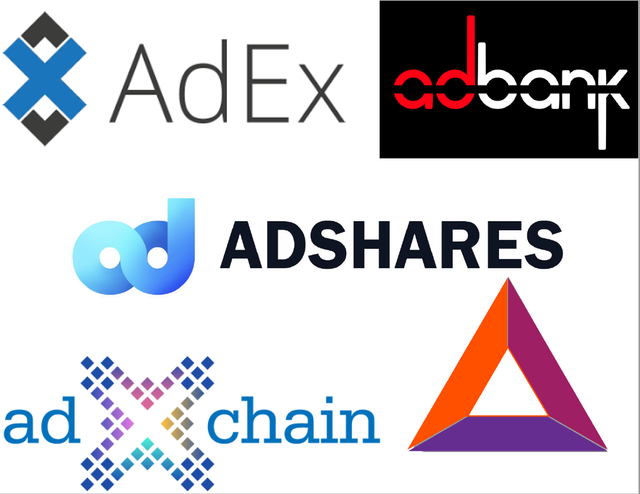


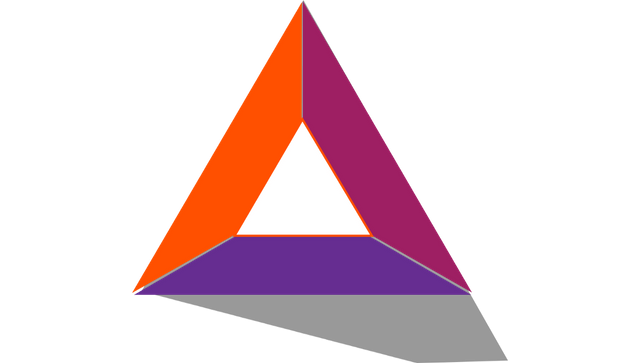
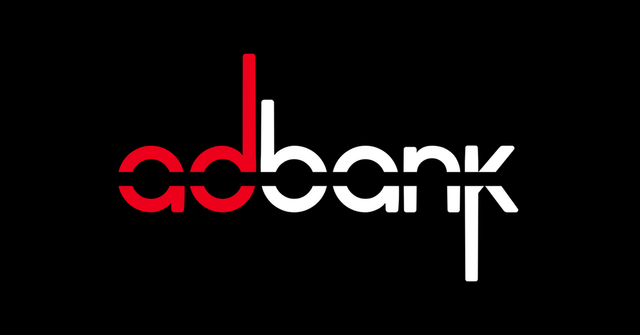
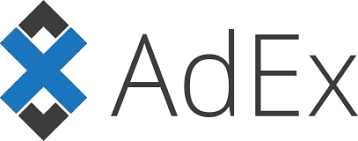
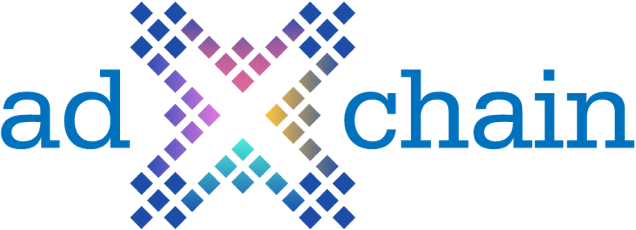
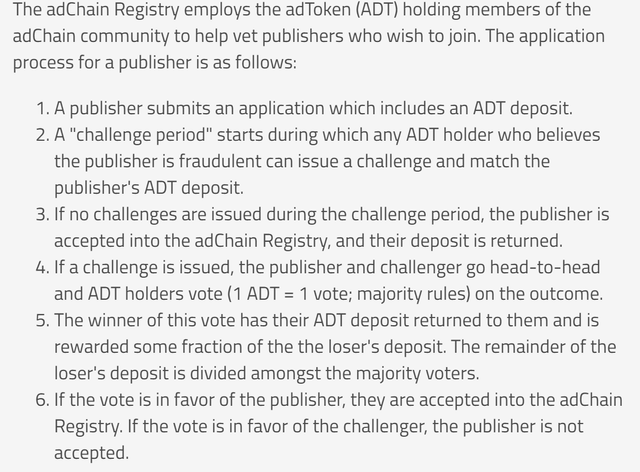

very, very well done article, sir :)
would love to get a tiny update on your current state of mind on this matter. adshares launched their ESC chain and the product seems solid and even exceeding their predictions in tx/sec (from what i've heard). i luckily was part of the ICO a long time ago. can confirm, the fee split is working as well...
I hold AdShares and you hit a major point that's often missed:
"It’s still rather speculative, as AdShares didn’t launch their product yet."
The project is awesome, but I wouldn't invest more than I'm happy to lose.
Straight to the point! February will tell us more.
Congratulations @paulrberg! You received a personal award!
You can view your badges on your Steem Board and compare to others on the Steem Ranking
Vote for @Steemitboard as a witness to get one more award and increased upvotes!